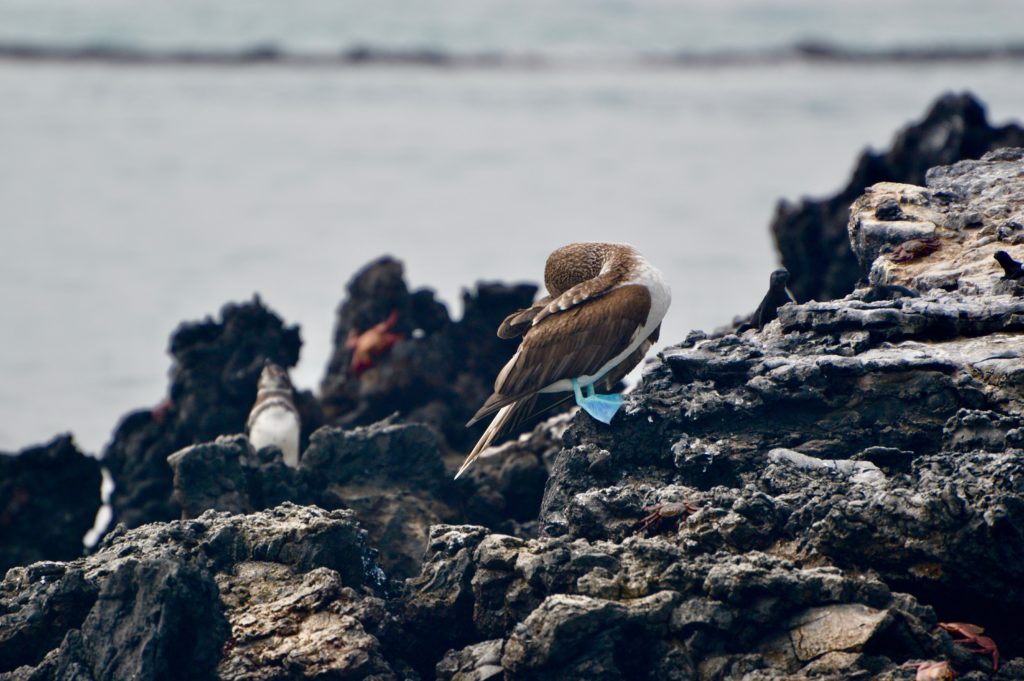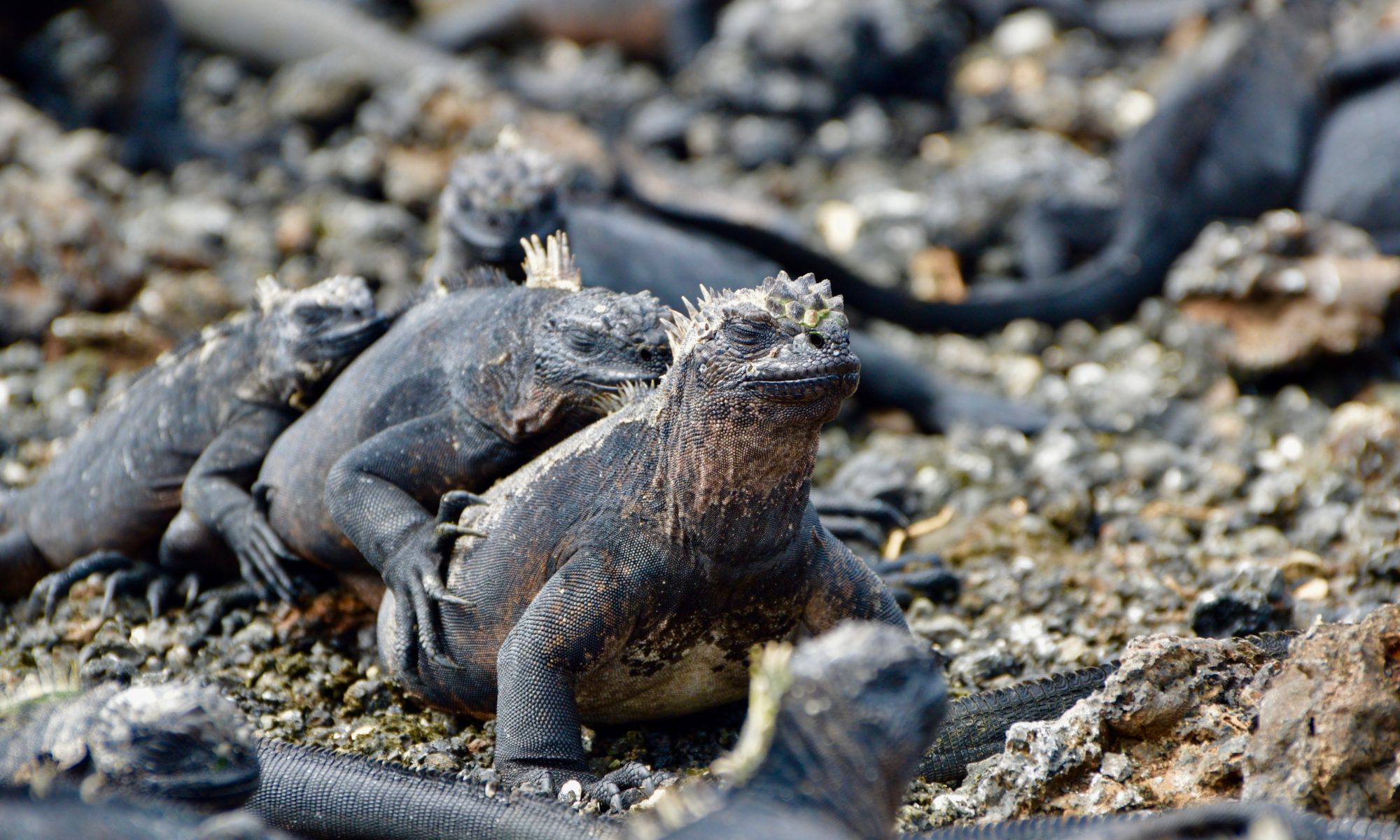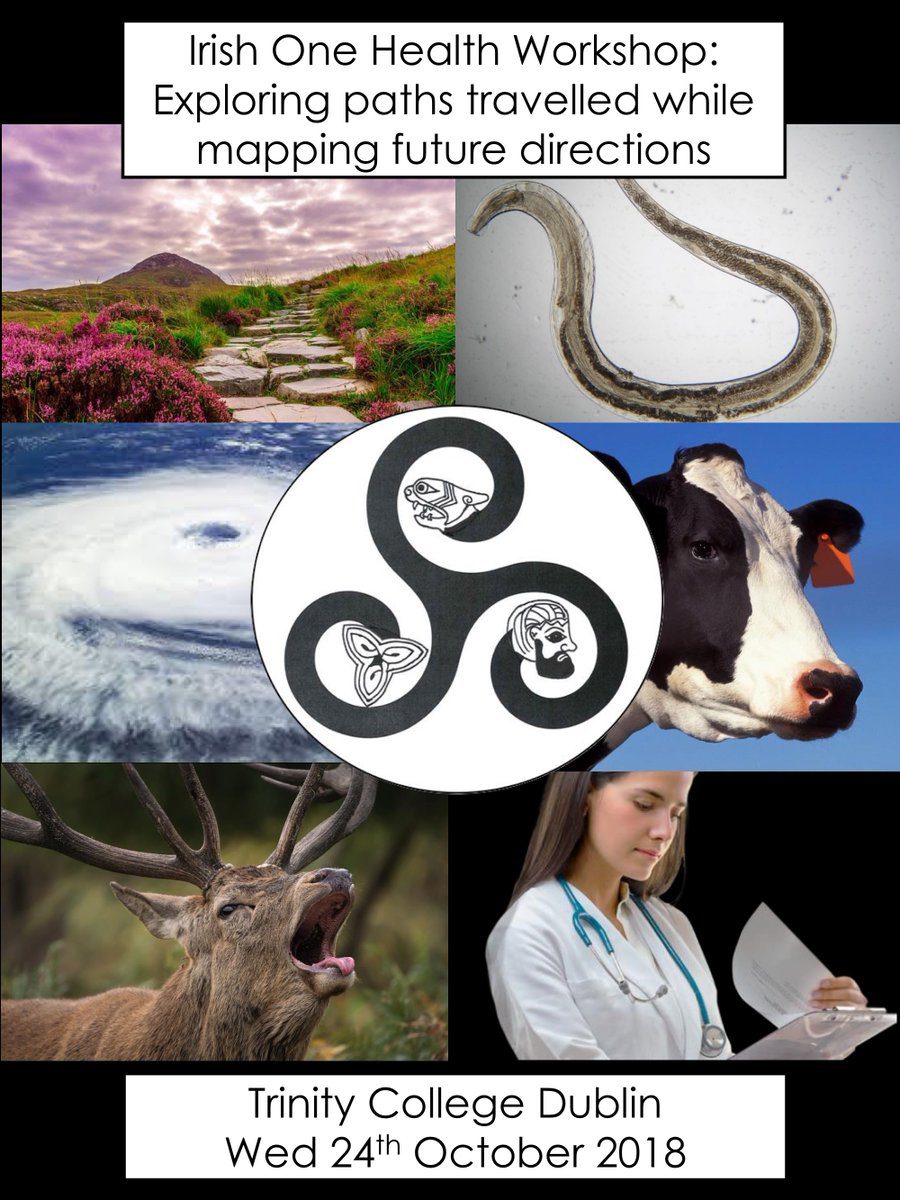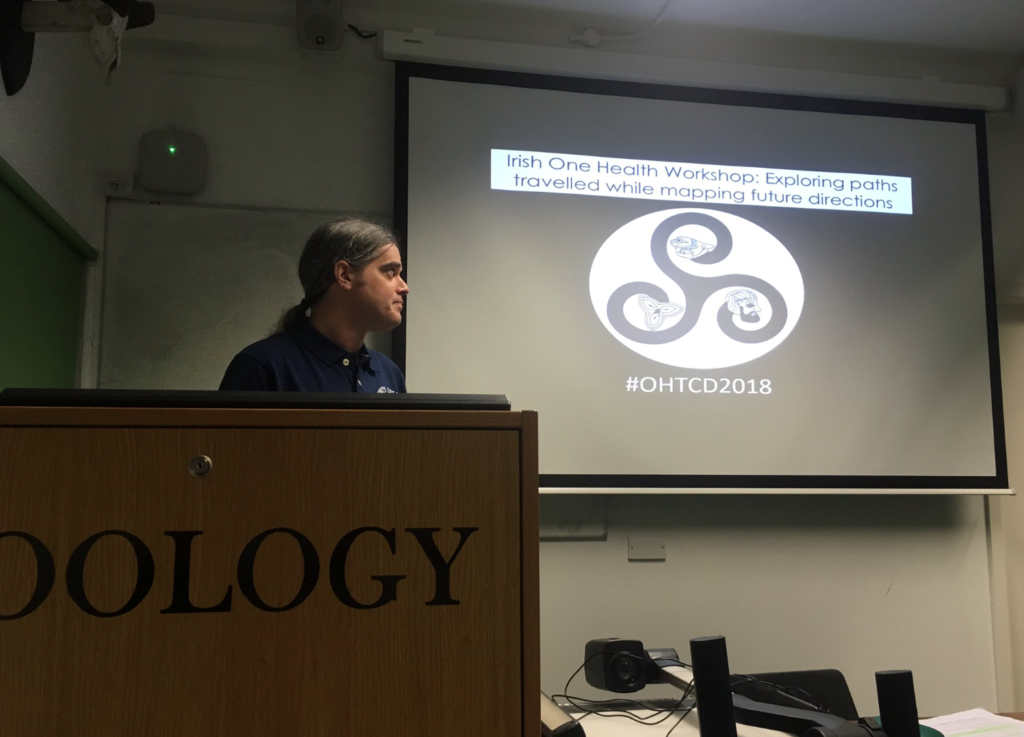This past August, I was lucky enough to visit the Galapagos Islands during my travels through South America. My visit here was quite possibly the highlight of my trip, with plenty to keep me thoroughly engrossed.
Set some 1000 km off the coast of South America, the Galapagos Islands were first stumbled upon by Tomas de Berlanga in 1535 when his ship was blown off course during a voyage between Panama and Peru. It was almost three hundred years later before the first human briefly settled on the islands, in 1807. However, this was due more to necessity than desire, as the settler in question was marooned on the islands. The islands were eventually made famous by Charles Darwin, who visited aboard the HMS Beagle in 1835, and used his observations of the island species as the basis for his “Origin of Species”.




